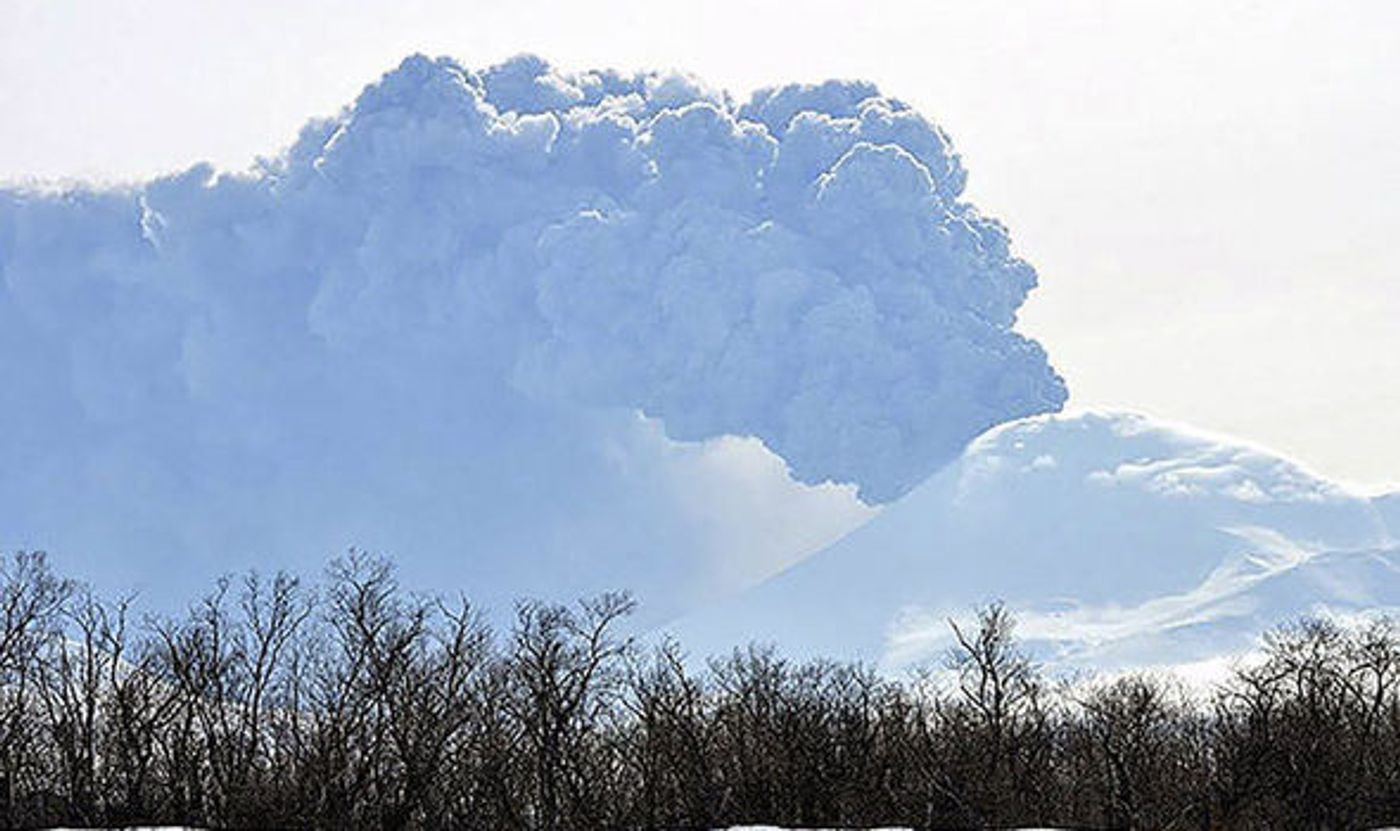A volcano erupts in Russia after almost 250 of dormancy
The Kamchatka Peninsula is part of Russia’s “Land of Fire and Ice” region, meaning that it is chock full of ginormous volcanoes and glaciers. With around 300 volcanoes on its territory, 29 of which are active, it is difficult to follow the eruption cycles of all the volcanoes. In fact, just this past December, the Shiveluch volcano – in the northern part of Kamchatka – erupted and spewed ash to a height of 11,000 meters above sea level. But truly no one expected the surprise eruption of the Kambalny volcano when it started releasing ash on Friday evening.
At 2,156 meters high and located in southern Kamchatka, the Kambalny volcano last erupted during the reign of the Russian empress Catherine the Great, in 1769. Scientists did not expect the eruption because of its almost 250-year hibernation.
“It is a pure surprise for us. We continue the monitoring and will analyze possible threats as data come in,” Olga Girina, the head of the special Kamchatka Volcanic Eruption Response Team (KVERT), told TASS news agency. “This is the first serious volcanic event at Kambalny in the modern history of scientific observations.
Even though there are so many volcanoes in the region, Liana Varavskaya, a technician at the Kronotsky Nature Reserve, said that there were no warning signs.The Siberian Times quotes her saying: “When I saw a strong ash pole I wasn't afraid, quite the opposite. I was happy that I could witness such a marvellous natural phenomenon.”
Already the ash has spread a layer five millimeters thick around the volcano. Experts have reported that the threat has already passed, though the orange code for aviation danger was assigned because the ash could potentially cover the city of Severo-Kurilsk, located on the island of Paramushir.
Although there have been some claims that the carbon dioxide output from volcanic eruptions such as this one are responsible for just as much or more human-caused carbon emissions, this is in fact myth. Total volcanic CO2 emissions are estimated at an annual range of 65-319 million tons while global CO2 emissions from fossil fuel use reaches an annual 29 billion tons. While an eruption like that of Kambalny could indeed have a small impact on the planet’s atmospheric CO2 count, it would be fractional compared to that from burning fossil fuels.
Sources: Wired, RT, Express, SkepticalScience









